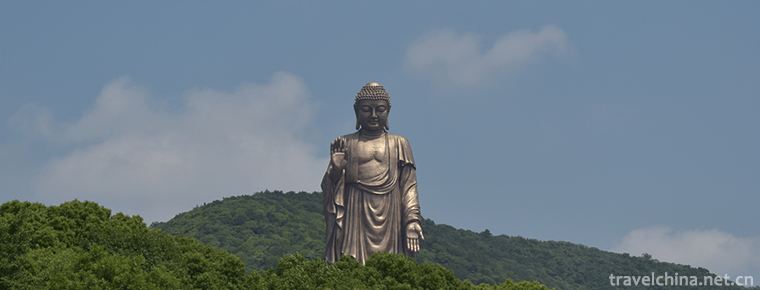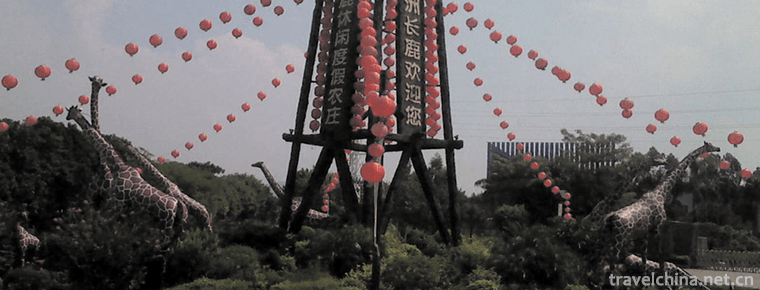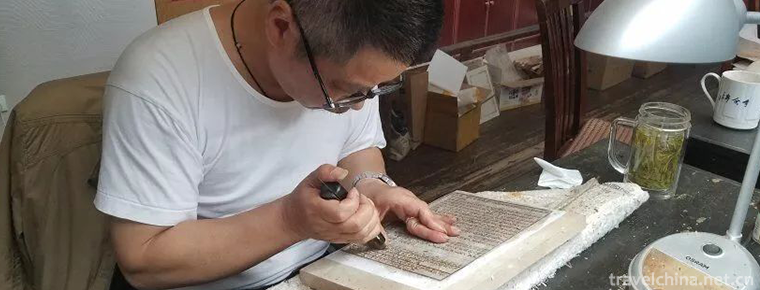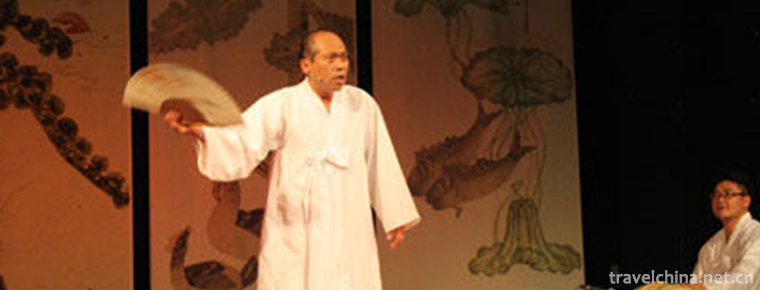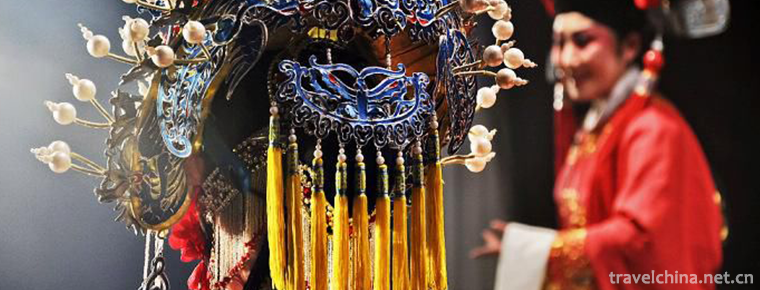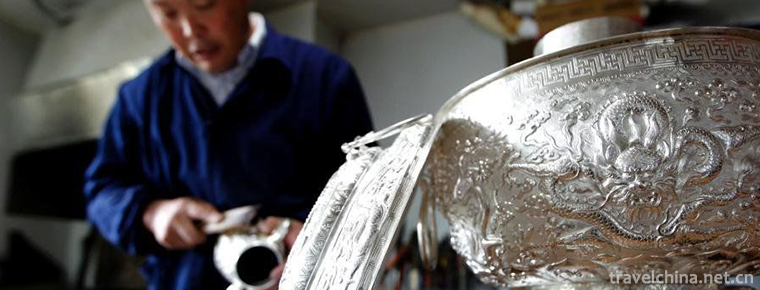Leshan secondary industry
Leshan secondary industry
In 2019, the industrial added value of Leshan City is 68.028 billion yuan, an increase of 8.8% over the previous year, accounting for 36.5% of the city's GDP, driving economic growth by 4.0 percentage points and contributing 52.8% to economic growth. At the end of the year, 609 Industrial Enterprises above designated size were included in the monthly statistics, and the added value of Industrial Enterprises above designated scale increased by 9.8% over the previous year. Among them, collective enterprises increased by 10.3%, joint-stock cooperative enterprises decreased by 2.6%, joint-stock enterprises increased by 10.1%, foreign-funded enterprises and enterprises invested in Hong Kong, Macao and Taiwan increased by 3.0%, and enterprises of other economic types increased by 10.5%. Among the added value of industries above Designated Size, the added value of light industry increased by 6.7%, and that of heavy industry increased by 10.7%. The production and sales rate of industries above designated size was 97.1%, down 0.9 percentage points over the previous year.
Among the industries above Designated Size, the added value of coal mining and washing industry decreased by 1.5%, the agricultural and sideline food processing industry increased by 0.8%, the wine, beverage and refined tea manufacturing industry increased by 9.4%, the paper and paper products industry increased by 10.6%, the pharmaceutical manufacturing industry decreased by 0.4%, the electrical machinery and equipment manufacturing industry increased by 24.4%, and the metal products industry increased by 10.1%. The added value of the six energy intensive industries increased by 12.1% over the previous year. Among them, the non-metallic mineral products industry increased by 11.0%, the chemical raw materials and chemical products manufacturing industry increased by 11.3%, the ferrous metal smelting and rolling processing industry increased by 13.4%, the power and heat production and supply industry increased by 13.3%, the nonferrous metal smelting and rolling processing industry increased by 14.0%, and the petroleum, coal and other fuel processing industries increased by 43.4%.
In 2019, the output of polysilicon of Industrial Enterprises above designated scale in Leshan City increased by 125.8%; the output of ceramic brick was 426.96 million square meters, an increase of 9.8%; the output of steel was 2.341 million tons, an increase of 6.8%; the output of cement was 23.697 million tons, an increase of 2.2%; the output of cloth was 684.21 million meters, an increase of 13.2%; the output of crude salt was 2.509 million tons, an increase of 3.3% over the previous year; the power generation capacity was 25.53 billion kwh, an increase of 12.2%.
In 2019, the total industrial power consumption of Leshan is 17.36 billion kwh, an increase of 12.8% over the previous year.
In 2019, the main business income of Industrial Enterprises above Designated Size in Leshan City will be 152.440 billion yuan, with a profit of 12.52 billion yuan.
In 2019, the added value of construction industry in Leshan City will be 12.361 billion yuan, an increase of 2.0% over the previous year. At the end of the year, there were 215 construction enterprises with qualification level, and the building construction area was 16763100 square meters.
Last year, real estate development in Leshan increased by 14% compared with that in 2019. The construction area of commercial housing was 16.5081 million square meters, down 11%, of which the residential area was 12.419 million square meters, down 11.1%; the newly started area was 4.6924 million square meters, down 22.1%. The completed area of commercial housing was 777800 square meters, down 75.7%, of which the completed residential area was 651200 square meters, down 71.1%.

Leshan secondary industry
-
Grand Buddha at Ling Shan
Lingshan Grand Buddha is a world famous scenic spot, located between the mountains and rivers of Mashan National Scenic Spot in Wuxi City, Jiangsu Province.
Views: 310 Time 2018-12-06 -
Chuanlord Tourism & Leisure EXPO Park
Chuanlord Tourism & Leisure EXPO Park ,Changlu Tourism Xiubo Park, or Changlu Environmental Protection Holiday Farm (hereinafter referred to as "Changlu Farm")
Views: 517 Time 2018-12-12 -
Engraving Printing Skills
Engraving printing technology, Yangzhou City, Jiangsu Province, local traditional handicraft, one of the national intangible cultural heritage.
Views: 407 Time 2019-04-27 -
Burning Technology of Building Kiln and Building Calendula
Kiln building Calendula firing technology, the local traditional skills of Nanping City, Fujian Province, one of the national intangible cultural heritage.
Views: 316 Time 2019-05-05 -
Pansori
The main art of Korean folk art is Pan Suo Li, which appeared in the 18th century. At the beginning of the 20th century, it was introduced into China with the immigration of Korean nationality. The wo
Views: 203 Time 2019-06-08 -
Yanbei Playing with Children
Yanbei children's play, also known as cough cavity, is popular in Datong City, Shanxi Province and its surrounding traditional drama, one of the national intangible cultural heritage.
Views: 179 Time 2019-07-10 -
Silver and Copper Ware Making and Gold smelting Techniques
Silver and bronze wares production and gold mincing skills, local traditional skills in Huangzhong County, Qinghai Province, one of the national intangible cultural heritage.
Views: 220 Time 2019-07-13 -
Longtouguan
Longtouguan, a cultural relic protection unit in Sichuan Province. Located in Jiangyang West Road, Jiangyang District, Luzhou City, Sichuan Province. Originally an ancient pass, it was built in the Shu Han Dynasty to build a wall for the earth; it was rebuilt in the 11th year of Chongzhen in the Ming Dynasty and rebuilt in the second year of Tongzhi in the Qing Dynasty.
Views: 66 Time 2020-10-16 -
Shicheng mountain
It is located in Shicheng mountain, Hengjiang Town, Xuzhou District, Sichuan Province. The total area is 5500 mu, including 4100 mu of forest. Shicheng mountain inclines from southwest to northeast. It has a good momentum
Views: 148 Time 2020-10-16 -
Panzhihua after liberation
After liberation, Miyi County was established in some areas of Huili and Dechang in 1951, and renamed as Miyi County the next year, which was subordinate to Xichang District of Xikang province (due to its unique climate, rich products, especially rich in rice, and three crops a year,
Views: 156 Time 2020-12-14 -
Deyang Sports
In 2017, Deyang City built 791 national fitness routes and 608 national fitness projects. At the end of the year, there were 10 public stadiums and stadiums, and the annual sales of sports lottery tickets were 160 million yuan.
Views: 353 Time 2020-12-14 -
Hydrology of Neijiang River
Tuojiang River is the main river in the urban area. It flows through Zizhong, Dongxing and Shizhong District. It is the main waterway transportation route in the city. Since ancient times, there has been a busy scene description of "boats of ten thousand trees
Views: 311 Time 2020-12-16
